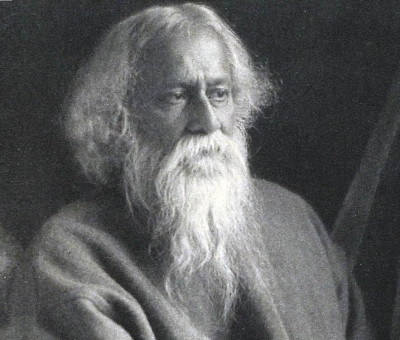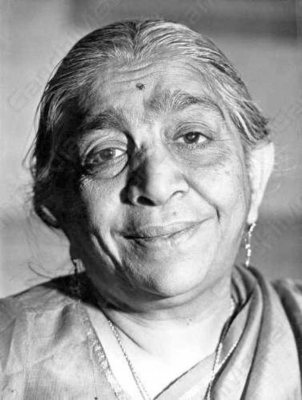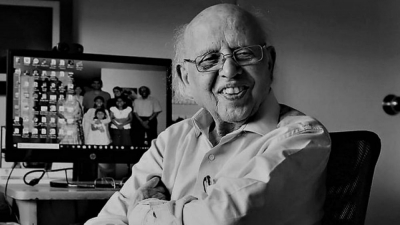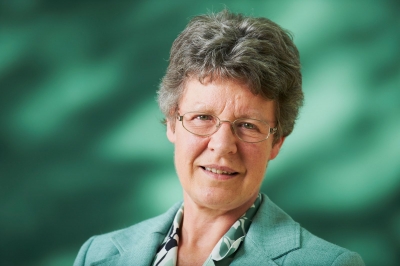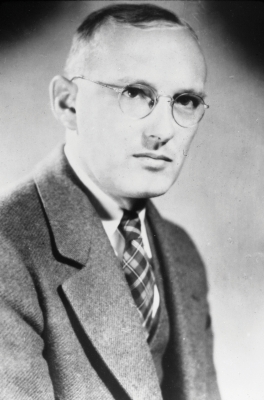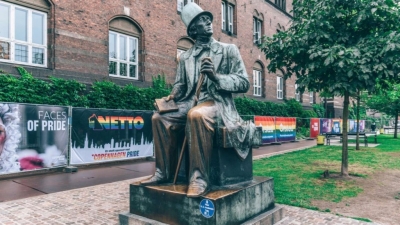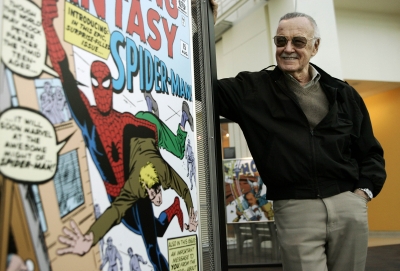
Stanley Martin Lieber, better known as Stan Lee, is credited with creating iconic characters and infusing superheroes with personalities and emotions, making them more human and relatable. But did you know he started writing comics for Marvel at the age of 172 Read on to know about the figurehead of Marvel Comics, who ushered in a new age of comics.
Early life
Lee was born on December 28, 1922 in the middle of the Great Depression. Struggling to make ends meet, Lee and his family lived in a tiny, cramped apartment in the bustling city of New York. In this confined atmosphere, he threw himself into books, reading everything, including Mark Twain, Jules Verne Hardy Boys and Jonathan Swift. Reading enabled him to hone his sense of adventure and creativity, thus he began scribbling his own comics.
The Marvel years
A lucky break at 17 landed him a job as an assistant at "Timely Publications", which would later turn into "Marvel Comics". Although he loved writing his own comic books, the thought of working for a comic books company never crossed his mind. At "Timely", his job was far from glamorous. He had to bring coffee and sandwiches for the team, fill inkwells and erase the pencil lines under the ink.
Adventures of the Human Eraser
Erasing pages everyday gave him the idea for a new superhero, ‘The human eraser’. The idea never took off, but he got a chance to write for the third issue of "Captain America". It was called
"Captain America foils the Traitor's Revenge". This was the first story he wrote, coming up with the idea that the superhero can use his shield as a weapon, a move that became widely popular among fans. Impressed with his work, Lee was made editor at just 17! But after 20 years into the job, Lee grew unhappy with Martin Goodman, the owner of the company, as he was demanding run-of-the mill characters. Lee was on the verge of quitting when his wife Joan advised him to write one book the way he'd like to and see what happened. She told him that even if Goodman didn't like it. Lee had nothing to lose anyway. What followed were the golden years of the company.
POW!
Responding to competition from DC's Justice League, Lee came up with "The Fantastic Four". What set the characters apart was that Lee gave them real emotions and problems. In the same vein, he created Peter Parker as an average, socially awkward kid, who turns into Spider-Man. The character was different from the typical macho heroes and villains of the time, and became instantly popular as fans could easily relate to him. In 2001, Lee started his own company POW Entertainment, along with Gill Champion and Arthur Lieberman. He remained Marvel's honorary chairman and was the executive producer of the Marvel films. He made it a point to appear in a cameo in every single Marvel film. Lee passed away on November 12, 2018, but his legacy continues to live on.
Lee's Lore
Name:
Stanley Martin Lieber
Born:
December 22, 1922
Died: November 12, 2018,
Popular works:
- "The Fantastic Four",
- "The Hulk",
- "Amazing Spider Man",
- "Doctor Strange", "Avengers"
The marvel method
In 1981, Lee and artist Jack Kirby created ‘The Fantastic Four' about four astronauts who acquire superpowers after a cosmic incident. One year later, Lee and artist Steve Ditko created "Spider-Man". Lee, Kirby, and Ditko adopted a collaborative workflow that came to be known as "the Marvel method".
Oh really?
- Stan Lee signed all his comics with the word "Excelsior!" and wrote 'nuff said’ at the end of some stories
- A 16-year-old George RR Martin, wrote a fan letter to Lee, pointing out a flaw in one of the editions of Fantastic Four
- In 2015, Lee's graphic memoir "Amazing Fantastic Incredible: A Marvelous Memoir was published.
- In the memoir, Lee revealed that Hulk's green colour was a result of a printer’s mistake. The character was actually supposed to be grey.
- Before he got his break in the comic books industry, Lee wrote obituaries for a local paper.
- Lee has a cameo appearance in all Marvel films.
The controversy
In 2018, Stan Lee was accused of behaving inappropriately towards nurses caring for him at his home. However, Lee's lawyer had "categorically denied" the accusations.
Picture Credit : Google
